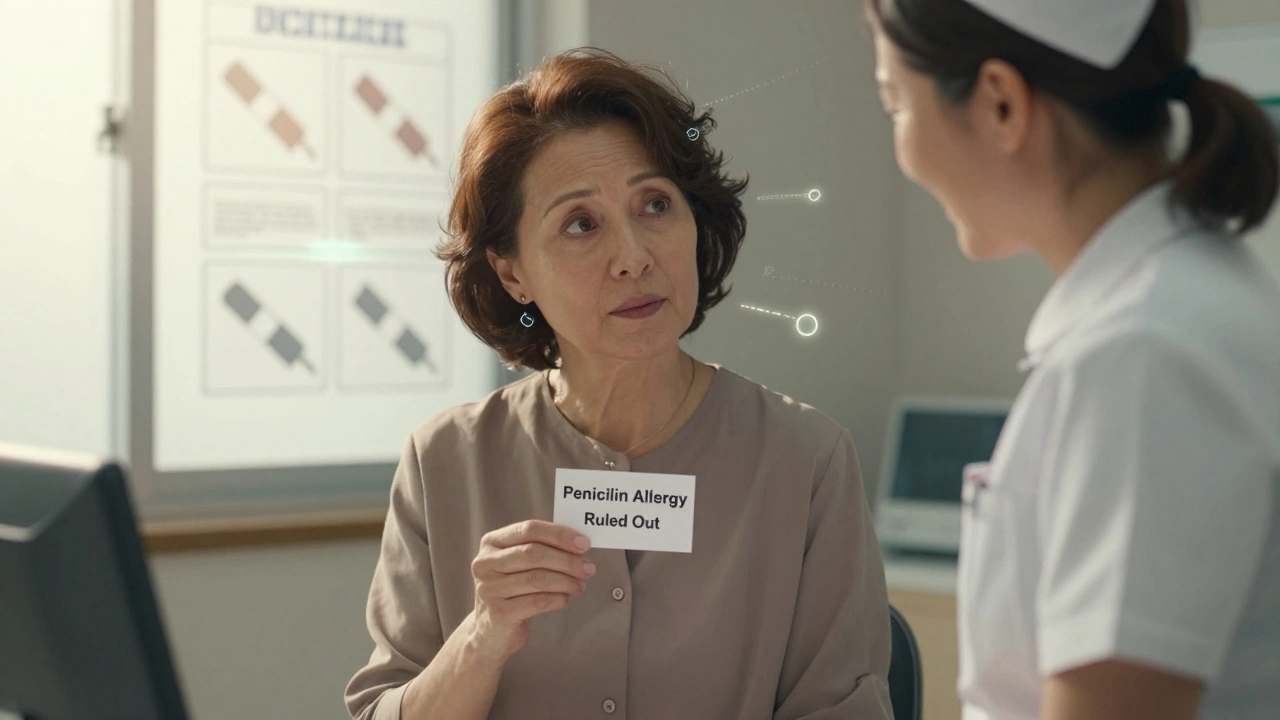Dosage Guide: How to Get the Right Amount of Medication & Supplements
Getting the right dose can feel like a guessing game, but it doesn’t have to be. Whether you’re taking a prescription drug or a new herbal supplement, the goal is simple: get the benefit without the side effects. Below are practical steps you can follow right now to make dosing easier.
Check the label and your prescription
The first thing to do is read the label or your doctor’s note. Look for the strength (like 10 mg, 500 mg, or 2 µg) and the recommended frequency (once a day, twice daily, etc.). If you have a pill with a split line, you can cut it in half, but only if the label says it’s safe. When in doubt, call your pharmacist – a quick call can save you from a costly mistake.
Use the right measuring tools
For liquids, use the dropper or syringe that comes with the product. Kitchen spoons are not accurate enough for medicines. A 5 ml syringe, for example, lets you measure exactly 2 ml – no more, no less. For powders, a calibrated scoop is your friend. Measuring correctly at the start eliminates the need for guesswork later.
Weight matters, too. Many pediatric doses are based on kilograms or pounds. If you’re dosing for a child, use a digital scale to get an accurate weight and then apply the formula your doctor gave you. The same goes for some adult meds where dose scales with body weight, like certain anticoagulants.
Timing can affect how well a drug works. Some meds need to be taken with food to avoid stomach upset, while others are best on an empty stomach for better absorption. Your label will usually say “take with food” or “take on an empty stomach.” Stick to that advice – it’s often the difference between a good result and an upset stomach.
Don’t mix doses without checking interactions. Two drugs that both thin the blood, for example, can increase bleeding risk if taken together at full doses. Use a reliable interaction checker or ask a pharmacist if you’re adding a new supplement to an existing regimen.
If you miss a dose, don’t double up unless the label says it’s okay. Usually the best move is to take the missed dose as soon as you remember, then resume the regular schedule. Doubling up can push you over the safe limit and cause side effects.
Keep a dosing diary. Write down the name of each medication, the dose, the time you take it, and any side effects you notice. Over a week you’ll see patterns – maybe a certain time of day feels better, or you notice a headache after a particular supplement.
Finally, store your meds right. Heat, light, and moisture can change a drug’s potency. Keep pills in the original container, away from the bathroom sink, and lock away anything that looks like a candy to the kids.
Following these simple steps helps you stay on track, avoid over‑ or under‑dosing, and get the most benefit from your treatment plan. If anything feels off, reach out to a health professional – they’re there to help you stay safe and healthy.

Flexeril Guide: Uses, Dosage, Side Effects & Safety Tips
A practical guide to Flexeril (cyclobenzaprine): how it works, proper dosing, common side effects, safety precautions and FAQs for patients.




